My latest Fighter Jet Magnum Opus, Galactic Pugnator F-1 “Spear of Mars”. The design is inspired by earlier build, the Thunderbolt. It is clearly not perfect, but I made it for my own fun and I am satisfied with it.
READ THE FICTIONAL LORE BELOW IF YOU ARE INTERESTED (I made it for fun).
This airplane features:
1) Simple VTOL system: by using simple funkytrees, anyone can engage and disengage the VTOL mode by using only one simple button.
2) Cockpit HUD: it has a fully function HUD which I used from the Great @PlanariaLab, here is the link (although you may have already known it).
3) Simple funky trees: I used very simple funky trees to make the airplane more comfortable, more aesthetic, and more fluid movement to fly with.
Some pictures in action:
VTOL mode
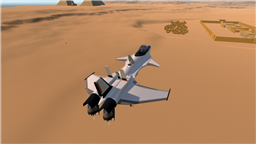
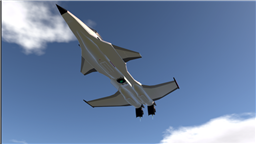
Keys:
Pitch – pitch controls
Roll – roll controls
Yaw – yaw controls
Thrust – thrust controls
AG1 – open/close cockpit
AG2 – engage/disengage VTOL mode
AG3 – activate/deactivate air brakes
AG4 – activate/deactivate integrated weapon systems
AG5 – activate/deactivate lights
VTOL keys:
Pitch – pitch controls
Yaw – roll controls
Thrust – thrust controls
TIPS NOTE: the roll movement is deactivated when entering the VTOL mode, thus making the movement of the airplane akin to that of the helicopter.
NOW THE LORE:
The year is 2094, the United Nations issued a “Peaceful Sky” policy on, to end any kind of military equipment, weapons, and activities within the atmosphere of all human civilization. This decisive policy causes all aerospace companies to stop producing military aircrafts and the likes.In the same year, the entrepreneur Melon Husk, the founder and owner of the space tech company SpaceY have finally been able to lead several people from earth to colonize Mars. However, as soon as the human population of mars started to hit more than 1,000 people, Melon Husk started to think about the “security” of the colony.
With that in mind, Melon Husk ordered SpaceY to work with Lockheed-Martin and Boeing companies to create an aircraft that would provide “security” for the colonists. Then again due to the “Peacefuk Sky” policy, the companies are not allowed to create military aircrafts to provide said “security”.
The international law did prohibit “any kinds of weapons within the atmosphere of all human civilization”. But, it never said anything about bringing weapons outside of the atmosphere, aka orbit. Thus, Melon Husk proposed the idea of creating a “spacecraft” instead of a conventional “aircraft”. And so the Galactic Pugnator F-1 is born.
The Galactic Pugnator F-1, dubbed the “Spear of Mars” by Melon Husk and SpaceY engineers is the world’s first fighter aero-spacecraft or would later be known more as an “Orbital Fighter”. It has the capability to enter a planets low orbit with its own state of the art hybrid engines. Adopting the hybrid engine technology of HOTOL spacecrafts such as the Skylon and the newest 7th generation nano-nuclear reactor technology, the “Spear of Mars” utilizes both electricity powered nuclear energy and hydrogen fuel.
The design of “Spear of Mars” is an amalgam of the old space shuttle such as the Endeavour and stealthy fighter jets of the old. The color choice of the Galactic Pugnator F-1 is to create an illusion to the people of earth and colonists of mars that the “Spear of Mars” is not a weapon, but rather an instrument of “security” and exploration, just like the spacecrafts of the past made by various Space Agencies. Yet, it is needless to say that whether the Galactic Pugnator F-1 “Spear of Mars” is a weapon to control the masses of Mars or a peaceful instrument would depend on the interest of Melon Husk himself.
Specifications
Spotlights
- VenusLancer 2.7 years ago
- blt 1.6 years ago
- JuanShot2Go 2.7 years ago
- Sergio666 2.7 years ago
General Characteristics
- Created On Windows
- Wingspan 31.4ft (9.6m)
- Length 52.4ft (16.0m)
- Height 14.5ft (4.4m)
- Empty Weight N/A
- Loaded Weight 17,592lbs (7,979kg)
Performance
- Power/Weight Ratio 8.143
- Wing Loading 11.8lbs/ft2 (57.4kg/m2)
- Wing Area 1,496.2ft2 (139.0m2)
- Drag Points 3191
Parts
- Number of Parts 346
- Control Surfaces 5
- Performance Cost 1,954

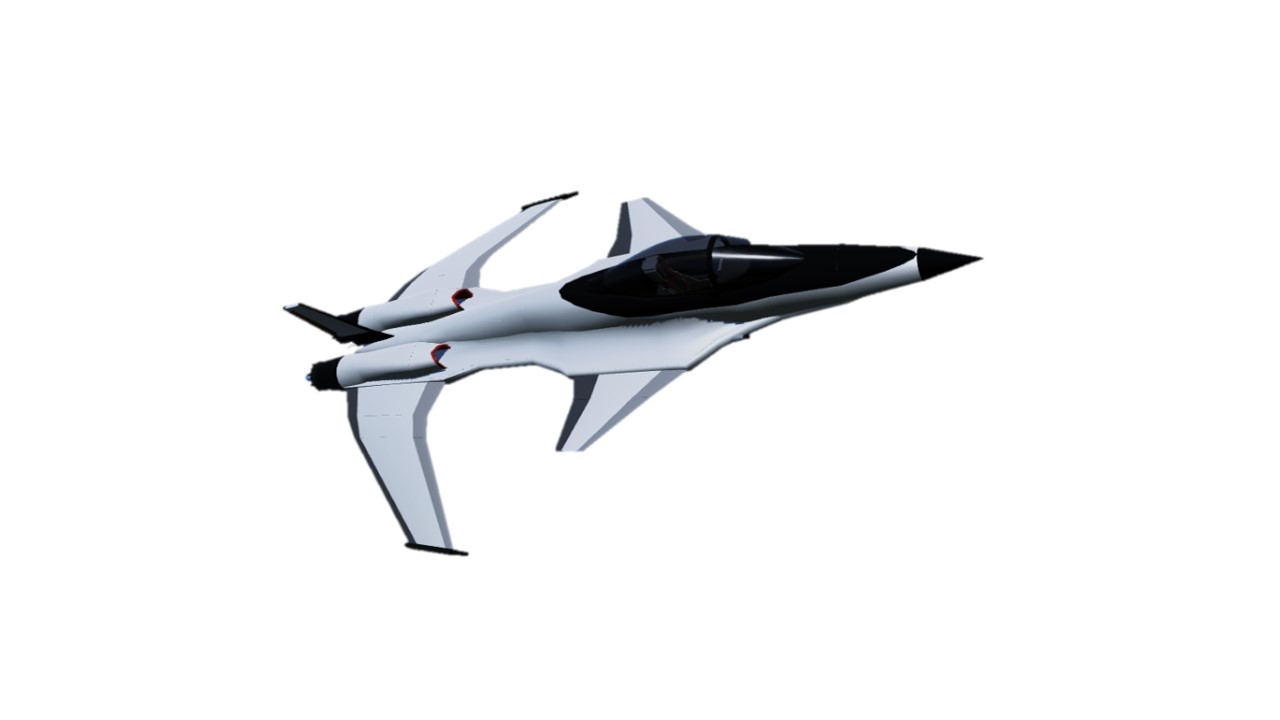
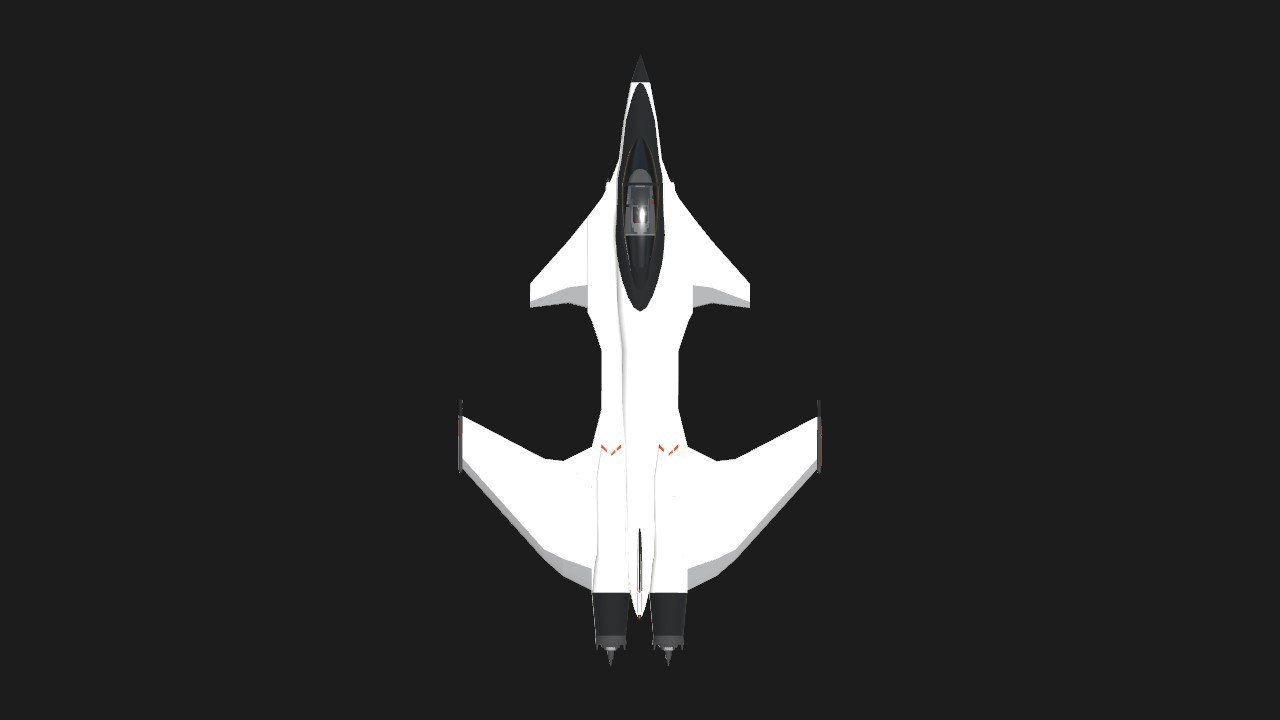
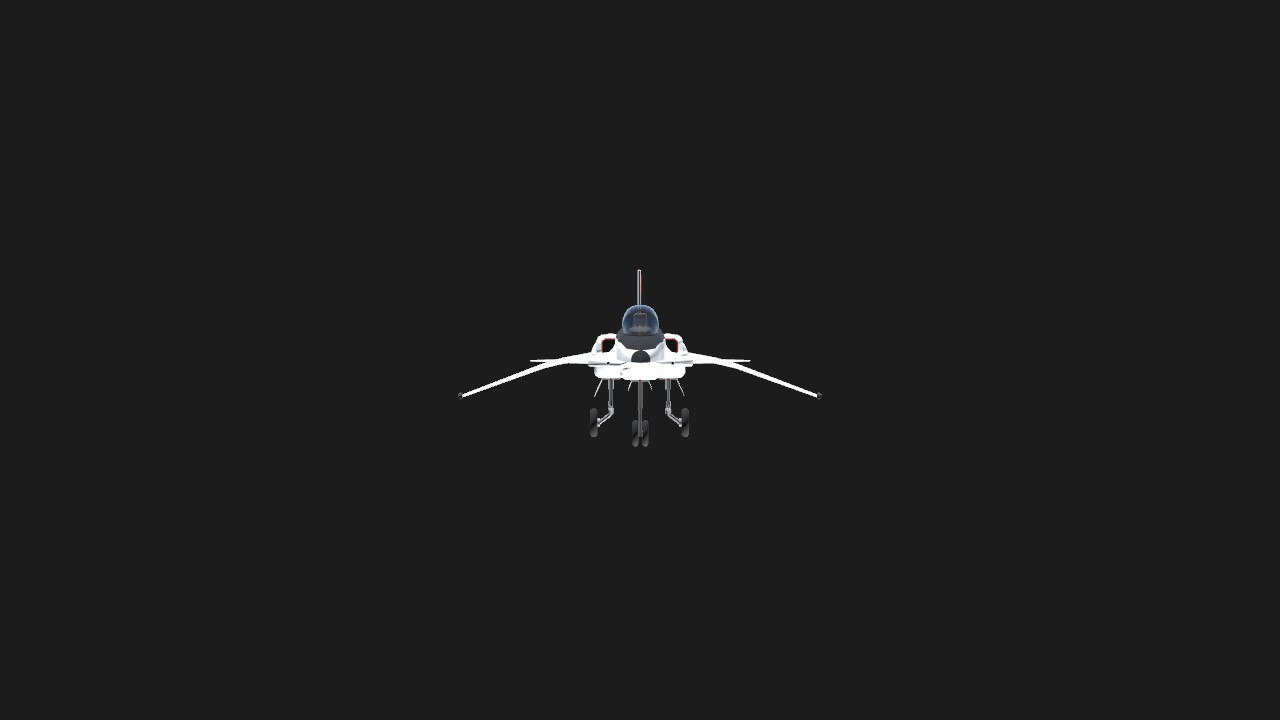
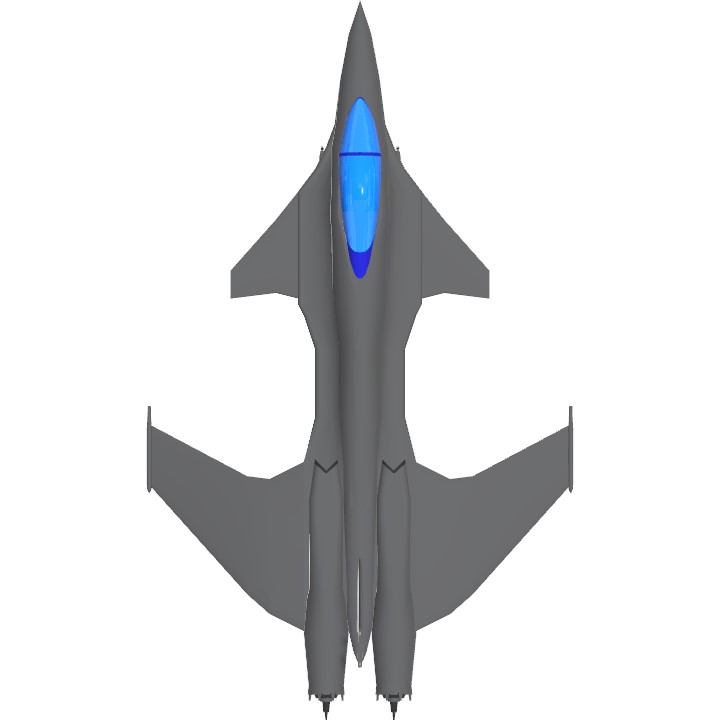

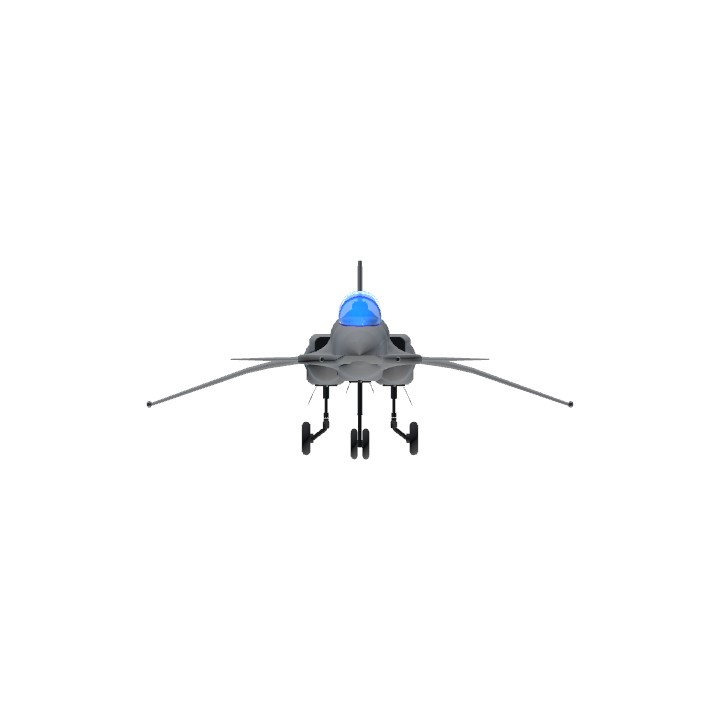
I thought he returned...
I saw a notification and thought you published something new. Then I looked closer, seeing 5 months I decided to look at his new posts. And then I saw his 1 year post.
@JuanShot2Go colon shucks
Very cool plane. Love the back story, I'm sure Melon Husk would be delighted.